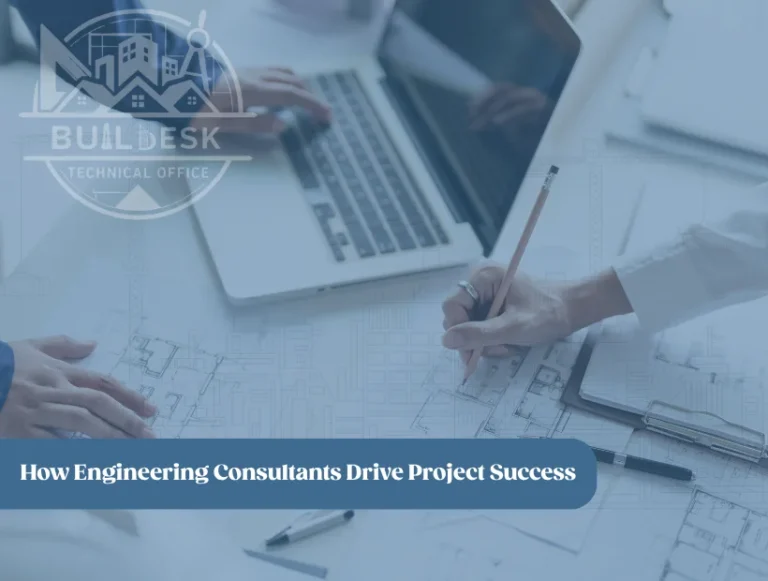Why On-Site Engineering Solutions Matter in Construction
Engineering projects often encounter unexpected challenges once construction begins on-site. These issues can delay timelines, increase costs, or even compromise the safety and quality of the work. This is where the value of on-site engineering solutions becomes evident. Engineering consultancy firms play a critical role in identifying, analyzing, and resolving site-specific problems efficiently. Below, we explore how on-site solutions make a difference, with examples and tools that bridge the gap between theory and field reality.

Real Examples of Challenges Faced by Contractors During Execution
Despite meticulous planning, contractors frequently face unexpected hurdles during construction. These may include:
- Unforeseen soil conditions that require redesigning foundations.
- Conflicts between structural elements that were not apparent in digital models.
- Delays in material delivery that call for immediate redesign or adjustment of schedules.
- Safety hazards arising from weather conditions or neighboring structures.
- Errors in excavation or alignment that demand real-time corrective action.
Such problems can’t always be resolved through paperwork or office-based planning. They require hands-on intervention and field-oriented decision-making.
How Engineering Consultants Step In to Resolve Site Issues Swiftly
When a challenge arises on-site, the engineering consultancy team acts quickly. They send specialized field engineers to inspect the issue, coordinate with the contractor, and propose practical modifications. Their quick response prevents delays from escalating.
For example, if a retaining wall’s foundation encounters unstable soil, the consultant might suggest a redesign using micro-piles or geogrid reinforcement. These solutions are analyzed, approved, and implemented in real-time with minimal impact on the project timeline.
The consultant also ensures that any proposed fix complies with building codes, structural safety, and the client’s budget—all while avoiding unnecessary redesign from scratch.
Technical Tools Used for On-Site Engineering Analysis
To support fast and accurate decisions on-site, engineering consultants rely on advanced tools, such as:
- Soil testing equipment for real-time geotechnical analysis.
- Laser scanning and 3D surveying to detect structural clashes and alignments.
- Mobile BIM viewers to compare built conditions with design models.
- Drones and thermal imaging to inspect hard-to-reach or hazardous zones.
- Concrete scanners and NDT tools to verify the quality of hidden elements.
These tools enable the team to diagnose the issue with precision and propose data-backed solutions on the spot.
The Difference Between Theoretical and On-Site Solutions
Theoretical designs are based on ideal conditions and controlled variables. While they provide a solid foundation for construction, they often need adjustments when confronted with the unpredictability of the real-world environment.
On-site solutions, on the other hand, are adaptive. They consider actual conditions—terrain, weather, material availability, and real-time risks. Engineering consultants act as the bridge between design and reality, ensuring that every theoretical solution is tested and optimized for field implementation.
Conclusion
On-site engineering solutions are not just reactive measures—they’re essential tools for success in any construction project. Engineering consultants bring the agility and technical expertise needed to transform challenges into opportunities. By integrating field data with smart decision-making, they protect timelines, reduce waste, and ensure the project remains on track without compromising on quality or safety.
Their role in navigating site-based obstacles highlights the importance of having an experienced consultancy partner from start to finish.



